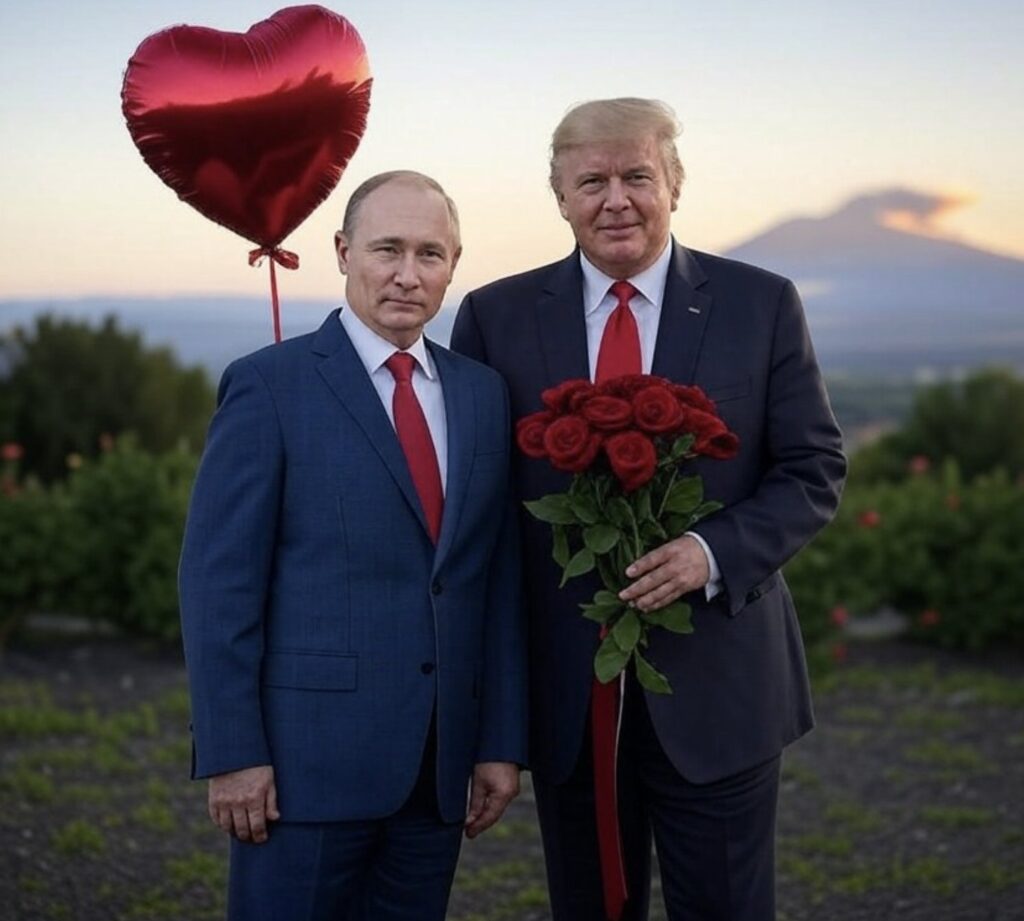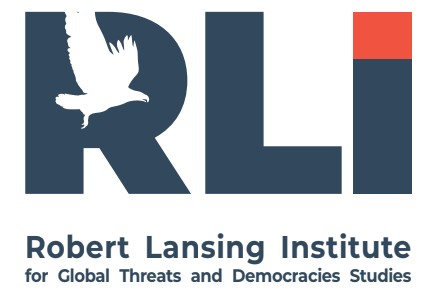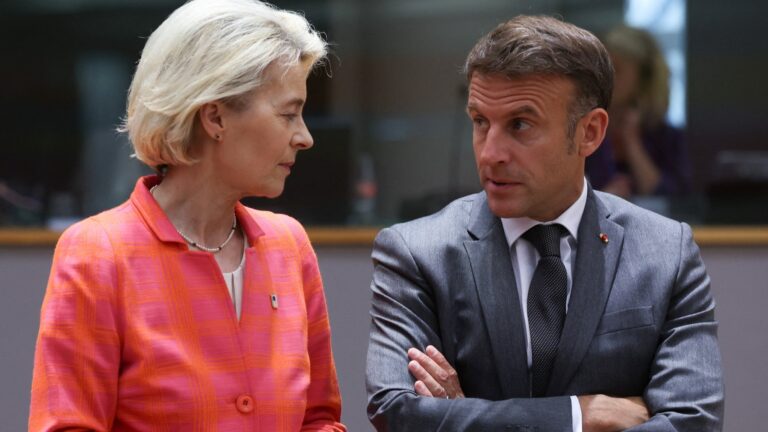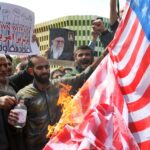The geopolitical consequences of Russia’s invasion of Ukraine have been profound and far-reaching, reshaping global alliances, security policies, and economic dynamics.
1. NATO Expansion and Strengthening
- Finland and Sweden Join NATO: Russia’s aggression led to a dramatic shift in European security policies, with historically neutral Finland and Sweden applying for and joining NATO.
- Increased Defense Spending: European countries, particularly Germany and Poland, have significantly increased their military budgets.
- U.S. Military Presence in Europe: The United States has reinforced its troop presence in Eastern Europe, particularly in Poland and the Baltic states, to deter further Russian aggression.
2. Weakening of Russia’s Global Influence
- Isolation from the West: Sanctions have severely impacted Russia’s economy, cutting it off from Western technology, financial markets, and trade.
- Dependence on China and the Global South: Russia has pivoted toward China, India, and African nations for economic and diplomatic support, though these relationships remain transactional and imbalanced.
- Loss of Energy Leverage: Europe has reduced its reliance on Russian energy, diversifying its suppliers and accelerating the transition to renewable energy.
Russia’s invasion of Ukraine has had significant geopolitical consequences in the Middle East and Africa, affecting its influence, partnerships, and strategic operations.
1. Growing Dependence on Regional Partners
- Stronger Ties with Iran:
- Russia has deepened military and economic cooperation with Iran, becoming one of the biggest buyers of Iranian drones for use in Ukraine.
- Iran has also emerged as a supplier of artillery shells and ballistic missiles to Russia.
- Closer Cooperation with Gulf States:
- While countries like Saudi Arabia and the UAE have maintained a balancing act, they have used Russia’s isolation to negotiate better energy and trade deals.
- OPEC+ coordination remains strong, but Gulf nations have increased their leverage over Moscow in oil negotiations.
2. Challenges to Russian Influence in Africa
- Pressure on Wagner Group Operations:
- Russia has relied on the Wagner Group for influence in Africa, but the group’s leadership crisis following the death of Yevgeny Prigozhin weakened its structure.
- Some African nations, including Mali and the Central African Republic, continue using Wagner forces, but Russia’s ability to sustain them amid the war in Ukraine is uncertain.
- Increased Competition with Western Powers and China:
- The West has intensified efforts to counter Russian influence in Africa, increasing diplomatic engagement and security assistance.
- China, while maintaining a neutral stance on Ukraine, has expanded its economic influence in Africa, competing with Russia’s traditional allies.
3. Economic Consequences
- Impact on Arms Exports:
- Russia, historically one of the biggest arms suppliers to the Middle East and Africa, has struggled to fulfill contracts due to prioritizing its war effort in Ukraine.
- Countries like India, Egypt, and Algeria are diversifying their arms purchases, looking toward Western and Chinese suppliers.
- Food and Energy Crisis:
- The war in Ukraine disrupted grain exports, affecting food security in many African nations reliant on Ukrainian and Russian wheat.
- Russia’s temporary withdrawal from the Black Sea grain deal exacerbated tensions, prompting African leaders to pressure Moscow for alternative solutions.
4. Diplomatic Fallout
- Erosion of Soft Power:
- While some African and Middle Eastern nations maintain neutrality on Ukraine, Russia’s global image has suffered, limiting its diplomatic maneuverability.
- Countries traditionally friendly to Russia, such as Egypt and Saudi Arabia, have engaged more with Western powers due to economic and security concerns.
Conclusion
While Russia has managed to maintain a foothold in the Middle East and Africa, its invasion of Ukraine has weakened its influence, increased its dependence on regional partners, and created economic vulnerabilities. The long-term sustainability of Russian operations in these regions remains uncertain, especially as global pressure mounts against Moscow.
3. Economic and Energy Shifts
- Western Sanctions: The sanctions have crippled Russia’s financial sector, limiting its access to global banking systems and reducing its ability to modernize its military and industry.
- Global Energy Crisis: The war caused price shocks in global energy markets, leading to inflation and economic instability in multiple regions.
- Russia’s Shadow Fleet: Russia has developed covert oil export mechanisms to bypass sanctions, particularly through a “shadow fleet” of tankers.
4. Rise of China as a Strategic Balancer
- China’s Diplomatic Role: Beijing has positioned itself as a mediator in the conflict while benefiting from discounted Russian oil and gas.
- Military Implications for Taiwan: The world is watching how the West responds to Russian aggression, with potential parallels drawn to China’s ambitions in Taiwan.
5. Shift in Global Alliances
- Strengthening of EU and U.S. Ties: The war has reinforced transatlantic unity, with the EU and the U.S. closely coordinating sanctions and military aid.
- BRICS Expansion: Russia has pushed for the expansion of BRICS (Brazil, Russia, India, China, South Africa) to counter Western dominance in global affairs.
6. Destabilization of Russia’s Periphery
- Increased Tensions in the Caucasus and Central Asia: Russia’s weakened position has emboldened former Soviet states like Kazakhstan and Armenia to seek stronger ties with China, Turkey, and the West.
- Risk of Russian Fragmentation: Internal dissent, economic hardship, and military failures have raised speculation about potential instability or fragmentation within Russia.
7. Military Lessons and the Future of Warfare
- Drones and Asymmetric Warfare: Ukraine’s successful use of drones and advanced Western weapons has changed modern warfare tactics.
- Erosion of Russian Military Power: Heavy losses in personnel and equipment have significantly weakened Russia’s conventional military capabilities.
The invasion of Ukraine has reshaped global geopolitics, leading to a more divided world. While Russia has become more isolated, Western alliances have strengthened, and China has gained leverage. The long-term outcome will depend on the war’s resolution and whether Russia continues its aggressive policies or is forced into strategic retreat.
President Trump’s stance on blocking Ukraine’s NATO membership has significant implications for both the alliance’s cohesion and the United States’ influence in the Euro-Atlantic region.
Impact on NATO Cohesion:
By opposing Ukraine’s inclusion in NATO, the U.S. signals a reluctance to fully support nations facing Russian aggression. This position can lead to divisions within the alliance, as member countries may have differing views on how to address security threats in Eastern Europe. Such discord undermines the collective defense principle that is central to NATO’s strength. As noted by Chatham House, President Trump’s actions have fundamentally undermined European confidence in U.S. commitment to NATO and mutual defense.
Effect on U.S. Influence:
The U.S. has historically been a cornerstone of Euro-Atlantic security. A perceived withdrawal or ambivalence toward alliance commitments can diminish U.S. leadership and credibility in the region. European nations, sensing a potential vacuum, might seek alternative security arrangements or bolster their own defenses independently. The Guardian highlights that Europe is under renewed pressure to increase defense spending, partly due to uncertainties about U.S. support.
In summary, blocking Ukraine’s NATO membership not only strains the alliance’s unity but also risks eroding the United States’ strategic influence in European security matters.
If a hypothetical peace deal were reached in Ukraine, the United States would need to take a series of strategic, military, and economic measures to prevent further Russian aggression. Here’s how the U.S. could ensure Ukraine’s security and deter another invasion:
1. Security Guarantees & Military Presence
- Bilateral Security Agreements – If NATO membership remains blocked, the U.S. could establish binding defense commitments with Ukraine, similar to those with Israel or South Korea.
- Forward-Deploying U.S. Troops in Eastern Europe – Strengthening military bases in Poland, Romania, and the Baltic states would deter further Russian expansion.
- Prepositioning Military Equipment in Ukraine – Storing Western weapons inside Ukraine would allow for a rapid response in case of renewed conflict.
2. Arms Supplies & Defense Cooperation
- Continuous Military Aid – The U.S. should maintain a steady supply of advanced weaponry, including missile defense systems, fighter jets, and artillery.
- Enhanced Air and Missile Defense – Providing Ukraine with Patriot and THAAD systems would reduce Russia’s ability to strike Ukrainian cities and infrastructure.
- Domestic Military Production in Ukraine – Encouraging American and European defense contractors to establish production facilities in Ukraine would strengthen its self-reliance.
3. Economic and Energy Security
- Reconstruction Funding with Conditions – Linking post-war financial aid to defense investments ensures Ukraine remains prepared for future threats.
- Energy Independence from Russia – Supporting nuclear, renewable, and LNG energy projects in Ukraine would prevent economic blackmail by Moscow.
- Sanction Triggers for Russian Aggression – A pre-approved package of severe sanctions, including cutting Russia off from SWIFT entirely, would serve as a deterrent.
4. NATO and European Security Reinforcement
- Fast-Track NATO Membership for Ukraine – If politically feasible, bringing Ukraine under NATO’s Article 5 protection would be the most effective deterrent.
- Expanded U.S. Nuclear Umbrella – Making it clear that any nuclear threat to Ukraine would provoke a U.S. response would discourage Russian escalation.
- Strengthening the Baltic and Black Sea Presence – Increased naval deployments and joint drills with regional allies would secure Ukraine’s maritime routes.

More on this story: Misjudging Russia Could Lead to War in Europe”
5. Intelligence and Cyber Warfare Readiness
- Surveillance and Early Warning Systems – Deploying advanced reconnaissance assets near Russia’s borders would detect troop movements in real time.
- Offensive Cyber Capabilities – Ukraine should receive U.S. assistance in disrupting Russian cyber operations, including those targeting critical infrastructure.
- Countering Russian Influence Operations – Strengthening Ukraine’s media landscape and democracy would prevent Moscow from using hybrid warfare tactics to destabilize the country.
6. Global Diplomatic Pressure on Russia
- Isolating Russia in International Forums – Ensuring that Russia remains diplomatically and economically constrained through UN resolutions and sanctions.
- Weaponizing Energy Exports Against Russia – Encouraging Europe to permanently cut ties with Russian gas and oil would weaken Moscow’s war economy.
- Strengthening Ties with Post-Soviet States – Supporting Moldova, Georgia, and Central Asian nations would further limit Russia’s geopolitical reach.
Conclusion
Without robust deterrence mechanisms, Russia would likely violate any peace deal within a few years. A combination of military presence, economic resilience, and strong alliances would be essential in preventing another invasion. The key is ensuring that the cost of renewed aggression would be too high for Moscow to bear.
The Trump administration’s stance on NATO, particularly regarding the defense of member states, has raised concerns about the alliance’s cohesion and the U.S.’s commitment to collective security. In 2024, Trump suggested that he might not defend NATO allies from a Russian attack if they had not met their financial obligations to the alliance.
This position has significant implications for the Baltic states—Estonia, Latvia, and Lithuania—which are NATO members sharing borders with Russia. The principle of collective defense, enshrined in Article 5 of the NATO treaty, asserts that an attack on one member is an attack on all. Any ambiguity or reluctance from the U.S. to uphold this commitment could embolden Russian aggression in the region.
European leaders have expressed concerns over this potential shift in U.S. policy. Some are exploring strategies to bolster their own defense capabilities and reduce reliance on U.S. military support. This includes increased defense spending and regional cooperation to deter potential threats.
In summary, the Trump administration’s approach introduces uncertainty into NATO’s collective defense framework. This uncertainty could weaken the alliance’s deterrence posture and potentially encourage adversarial actions against member states, particularly in regions like the Baltics.
The Trump administration’s commitment to NATO’s Article 5, which stipulates collective defense among member states, has been a subject of debate. During his tenure, President Trump at times questioned the automatic defense of NATO allies, suggesting that U.S. support could be contingent on whether allies have met their financial obligations to the alliance. This stance has raised concerns about the reliability of the U.S. commitment to NATO’s mutual defense clause.
In 2017, President Trump did affirm the U.S. commitment to Article 5 during a press conference, stating that the United States would indeed honor it.
However, his earlier reluctance to endorse Article 5 unconditionally, coupled with his criticism of NATO allies over defense spending, has led to ongoing discussions about the steadfastness of U.S. support under his administration.
Given these mixed signals, there is a degree of uncertainty regarding the Trump administration’s unwavering dedication to Article 5 obligations concerning European member states. This ambiguity has prompted European leaders to consider bolstering their own defense capabilities and reducing reliance on U.S. military support.




